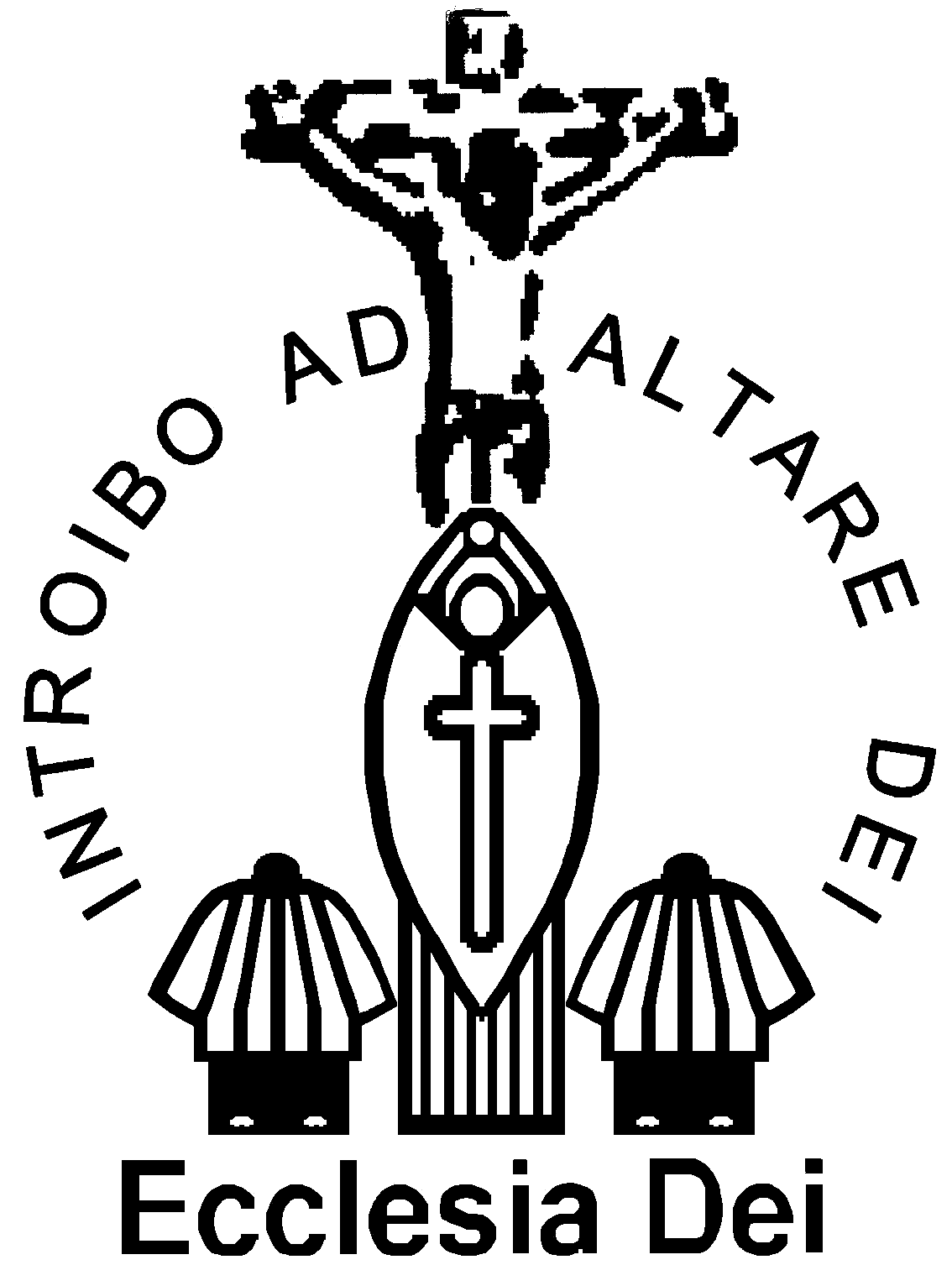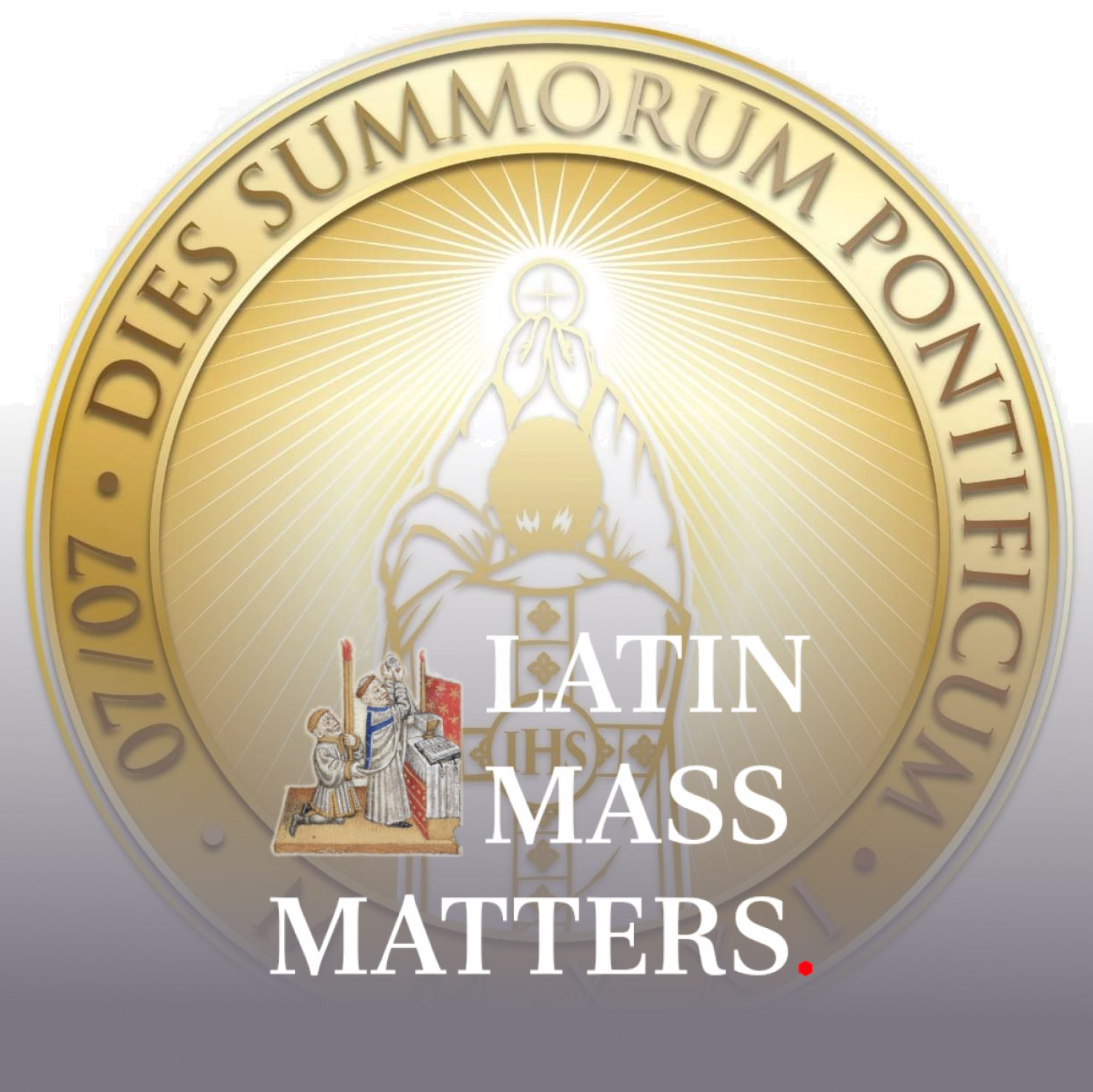




In every Holy Mass, celebrated by the Priest "in Personna Christi", it is Christ, who offers through His "Mystical Body" and His "Sacramental Body" the one and the same Sacrifice as He did on the Cross.
Primarily, the historical Sacrifice of Christ on the Cross is perfect and unique. So, what can the Church as His "Mystical Body" add to it if this historical Sacrifice is perfect and unique? This can only mean that the Sacrifice of Christ through His Mystical and His Sacramental Body and that of His historical Body must be considered supernaturally as one and the same Sacrifice. Therefore, the sufferings of individual faithful offered through the "Mystical Body of Christ" is supernaturally united in the historical Sacrifice of Christ, each time the H. Mass is celebrated
This fulfilment of the Law did not start with Christ on the Cross, Christ standing before the Sanhedrin or Christ instituting the Eucharist at the Last Supper or something like that, but with His Conception and Birth: "He was born to fulfil the Law". The Birth of the "Innocent Lamb of God" that was born in the "Stable of the City of David", Bethlehem, i.e. the stable of the lambs usually destined for the Paschal Sacrifice.
Therefore the Shepherds of this stable were the first to be informed by the angels about the "Birth of the Lamb of God" in their stable. And as it began with the Conception and Birth of the "Lamb of God" His whole life was filled with His mission to fulfill the Law as given by the as given by the Torah and prophesized by the Prophets, which finally ended with the sacrifice of the "Eternal Lamb of God" on the cross after which His glorious resurrection and ascension could take place.
Without claiming to be exhaustive, this note highlights the unity between the Old Testament law and the life of Christ, especially with regard to the Passion Week with its ultimate fulfillment in the Sacrifice of the Cross and the institution of the Holy Sacrifice of the Mass.
Apparently, many liturgists became so enthusiastic after the discovery of the Didache that they lost sight of reality. This led them to the most remarkable conclusions. Through their enthusiasm for the archaeological discoveries, they had lost the insight that the Faith and Doctrine can only develop to a better understanding from the unity with the teachings of the Church Fathers through an "organic growth" from the refutation of heresies. In addition, this archaeological approach intrinsically entails great risks that several already overcome (aspects of) old heresies will be reintroduced again.
They reinterpret the tradition through the lenses of their subjective interpretation of the Didache. On which basis, they attempted to replace what they consider to be the origin of the Liturgy: "the Synagogue Service and the Last Supper with the Nucleus of the Eucharist's Proper". In doing so, they set aside the "organic growth through refutation of heresies" for archaeology with all that entails. Namely, the reintroduction of heresies that had already been refuted through the process of organic growth.
This study concerns the current crisis in the Church. To this end, some specific aspects are firstly elucidated in an introduction, and is followed by a problem analysis to clarify the root cause of the crisis. One of the fundamental symptoms is identified as a "misunderstanding of the distinction between the natural and the supernatural orders of the Church, i.e. the Mystical Body of Christ. This fundamental symptom is like a two-edged sword because both orders can be over- and underestimated. Like on the one hand the 16th Century Reformation and on the other hand the Ultramontanism. These two examples show us the opposite consequences of how the "misunderstanding of the distinction between the natural and the supernatural orders of the Church" can manifest itself in reality.
From this, the heresy as root cause can be recognized as a lack of sincere belief in the "One, Holy, Catholic and Apostolic Church" and no or insufficient adherence to it as Mystical Body of Christ.
Precisely because of the publication of the Motu Proprio Traditionis Custodes, it seems that the time has come to revise this Timeline and expand it with preface and an introductory analysis. For example, it is most remarkable that, regarding the status of the 1962 Missal, there is no mention of the intention with which Pope John XXIII promulgated the Roman Missal in 1962 so shortly before the Council, while a revision was going on and the Preparatory Document on Liturgy proposed a rather undefined reformation of the Roman Missal.
Please find here a number of personal testimonies from individual Dutch lay faithful describing their discovery, experience and understanding the spiritual attractiveness of the Roman Rite in the Extraordinary Form. This forms altogether an attractive anthology or a "Bouquet of Testimonies" showing the "Fruits of the Holy Spirit". We may find among them representatives of all age groups, young people, and families with children as well as converts in all kinds of social and cultural circumstances.
I postulate the hijack of the Council on the first working day of the Council as being the fundamental root cause for the paradoxical outcome and all the resulting problems that we perceive and experience in the Church today. Indeed all other troubling topics of the Council on Doctrinal level, Pastoral Care as well as Church's structure could not exists that way if the Council was not hijacked. ...
This duty of all Cardinals to defend and protect Divine Truth and the sacred Life of the Mystical Body of Christ i.e. the Church, also includes the obligation to defend and protect the Holy Father, even with one's own life. The principal threats of our time against our Holy Father are those of the devil who continuously tries, by false promptings, to substantially change the veracity of our Faith and the sacred Life of the Mystical Body of Christ. ...
Because Creation is by definition good initio, and Our Lord, God of creation founded the Church as the Mystical Body of Christ, both are intrinsically good and do not need to change substantially. Misled by Satan, evil came into the world through the original sin of Adam. This original sin has damaged the 'dignity of human nature', resulting in a wounded and weakened free will of man that has affected the whole of Creation. ...
Open Letter to the diocesan Cardinals, Archbishops, Bishops and Auxiliary Bishops of the Roman Catholic Church concerning a statistical analysis of the shortage of priests with regard to the Amazonas Bishop Synod, October 2019. ...
A statistical analysis of the evolution of the clerical and lay populations of the Church since Vatican II.
This study evaluates the phenomenon of the shortage of priests in the Church generally and the Amazon area specifically. This evaluation is based on official church statistics published in the Annuario Pontificae and other reliable sources...